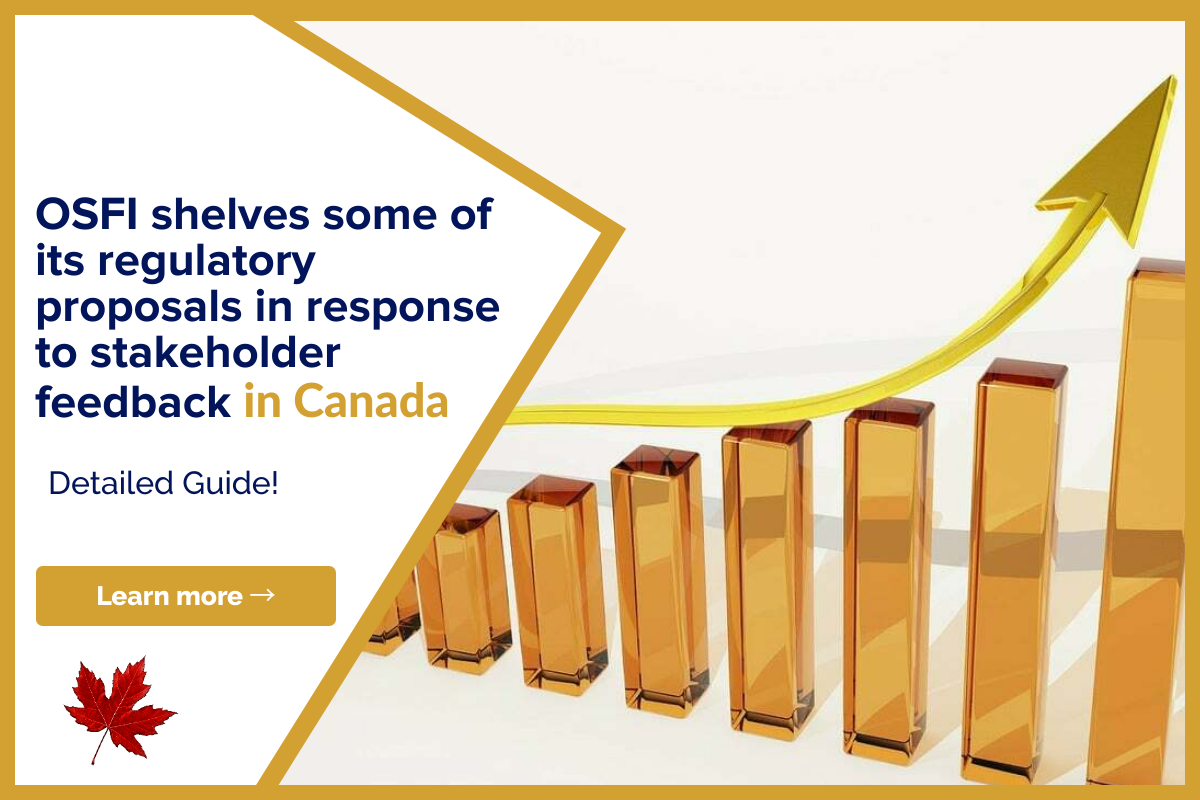During the early days of the mortgage business, brokers would require a lot of paperwork…

What Should My Credit Utilization Ratio Be?
Now you can listen to our blog post, “What Should My Credit Utilization Ratio Be?” while on the go.
Lenders use credit scores, a three-digit number ranging from 300 to 900, to assess your likelihood of repaying a loan or other debt. Your lenders, collection agencies, and other sources that provide information to the credit bureaus are used to calculate your credit ratings. However, there are generally five key variables that are taken into account when determining your credit ratings, with the credit usage ratio ranking highly among them.
What is a credit utilisation ratio?
A credit usage ratio also referred to as the debt to credit ratio, shows how much of your available revolving credit has already been used up. Accounts with revolving credit include lines of credit and credit cards.
What is A Revolving Credit?
Products with revolving credit are those without set payments. Products that fall within this category include credit cards and credit lines. You will have access to a set credit limit with both products, which you can use as much or as little as you require. As you pay off the balance, the money you used is once more available.
Debt-to-income ratio against debt-to-credit ratio
Debt-to-Income Ratio: This ratio compares your monthly debt payments to your monthly take-home pay. This ratio has no bearing on your credit ratings and is often used by lenders to determine whether to approve a loan for you.
Debt to Credit Ratio: This ratio compares how much of your available credit you are using to your total debt. This element is frequently utilised to determine credit ratings and usually accounts for about 30% of your credit scores.
Is There A Perfect Debt to Credit Ratio (Credit Utilization Ratio)?
Lenders and creditors often prefer to see a credit usage percentage of 30% or below. However, keep in mind that when it comes to personal finances and credit scores, “perfect” is arbitrary and vague. You should try to locate a credit usage ratio that fits your financial circumstances because everyone’s personal financial needs are different. It’s not strictly required to maintain your credit usage ratio at 30% all the time; nevertheless, it does become more significant when you apply for additional loans or credit.
How Do You Calculate Your Debt To Credit Ratio (Credit Utilization Ratio)?
Credit utilisation ratios can be calculated in two easy stages, each of which is only a percentage computation.
Find your credit limit and outstanding balance: Your most recent credit card statements contain this information. As an alternative, you can access your bank account and get the most recent data. Call your bank for help if you can’t find this information.
Your Credit Utilization Ratio was calculated: [Current Balance/Credit Limit] is the formula for calculating credit utilisation ratios. Subtract the credit limit from the outstanding balance. Once you’ve multiplied by 100, you can obtain a percentage.
Do credit scores are impacted by the debt-to-credit ratio?
The information that your lenders, creditors, collections agencies, and other sources report to the credit bureaus is used to calculate credit ratings. There are often 5 primary variables considered:
Payment History: Typically makes up about 35% of credit scores.
Credit Utilization Ratio: This factor typically accounts for 30% of credit scores.
Credit History: Around 15% of credit ratings are typically based on credit history.
New Inquiries: These typically account for 10% of credit scores.
Public records: typically contribute 10% or less to credit ratings.
Credit usage ratios are one of the more significant criteria for determining credit ratings, as you can see from this list.
However, it may be given more or less weight based on the credit scoring model in use, which could have an impact on the credit scores. In general, having a high debt-to-credit ratio can hurt your credit ratings, whilst having a low debt-to-credit ratio may help.
How To Raise Your Credit Use Ratio?
Remember that your credit card information is not updated in real-time on your credit report before making changes to your credit utilisation ratio. When the relevant billing cycle is through, your credit report will often be updated with new credit card information. Your creditor will transmit the ending balance to the credit bureau after the billing cycle is through, and that information will then be updated on your credit report. This implies that any modifications you make to your credit usage ratio won’t reflect immediately on your credit report.
Lowering your credit usage ratio will improve it, and you may achieve that by following the advice given below.
Raising of Credit Card Limits
Your credit utilisation ratio will decrease if you raise your credit limit while maintaining your spending levels. It’s vital to remember that a credit agency may penalise you for raising your limit because it can signify a pressing financial need. However, as long as you continue to handle your credit wisely going forward, this is only a temporary effect.
Pay Attention To Balances
The most obvious thing you can do is monitor balances and refrain from exceeding a set amount. You can also set up balance alerts with your bank to receive notifications whenever the balance exceeds a predetermined level.
Cycles of Credit Card Billing
Try your best to keep the balance low at the end of a period because the credit card information is updated on your credit report at the end of a payment cycle. In this manner, regardless of what occurred during the billing cycle, the balance that appears on your credit report will be smaller.
Make Two Monthly Credit Card Payments
No matter how much activity there is on your card, by paying it off twice a month, you will keep your balance down. One of the simplest strategies to maintain a low credit utilisation ratio is to use this strategy.
Need Some Quick Cash? Let Us Help!
Are you struggling with your financial needs and need some extra cash? Lionsgate can help. Just fill out the form below, letting us know all your cash or mortgage requirements and we will find the best lender for you. Amazing thing? The process is free and you can quit it at any time.
We have a team of experts that analyze your requirements and pick the best lender for you, with prudent advice.
Note: Please give your authentic information while completing the form below.
If you found this article helpful, please share it with someone you care about. Also, visit our blog to read similar helpful articles on finance, real estate, and getting mortgages.




